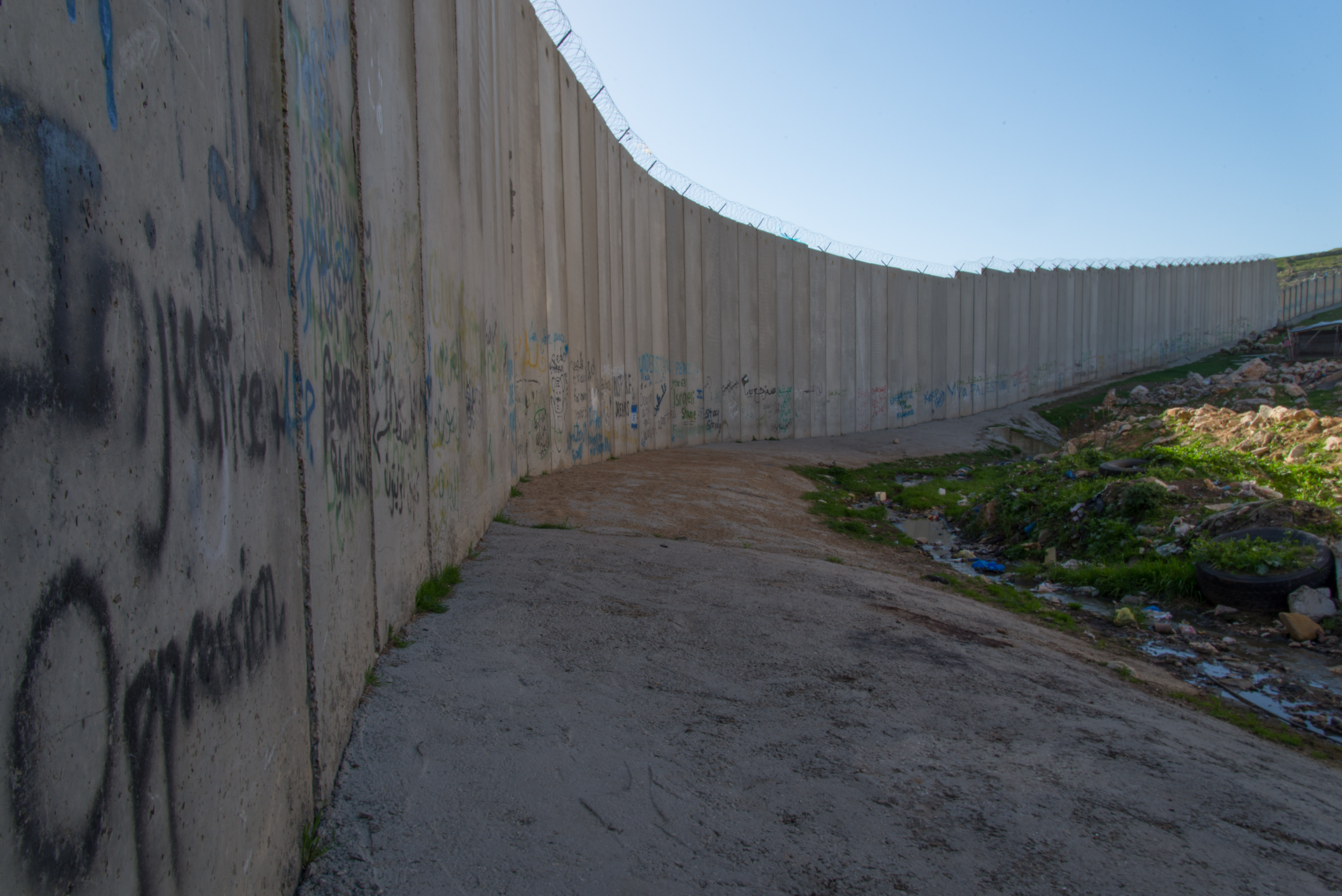
-
Around 11,000 Palestinians living in 32 communities located between the Barrier and the Green Line depend on the granting of permits or special arrangements to continue to live in their own homes.
-
Approximately 150 communities have land located behind the Barrier, forcing residents to apply for special permits or prior coordination to access this area. Agricultural livelihoods of thousands of families have been undermined due to the permit and gate regime, which restricts access to farmland behind the Barrier.
-
The Barrier has reduced the access of Palestinians living in communities located behind the Barrier to workplaces and essential services.
-
The Barrier also adversely affects the West Banks urban centres, in particular East Jerusalem, with Palestinian neighbourhoods and suburbs divided from each other and walled out from the urban centre.
OCHA Resources on the Humanitarian Impact of the Barrier
OCHA factsheet: The Humanitarian Impact of the Barrier (updated July 2013):
OCHA case study: Dislocated Communities. The Case of Khirbet Khamis (November 2013)
OCHA case study: "Dislocated Communities in East Jerusalem. The Bir Nabala / Tel Al Adassa Bedouin Community" (September 2013):
In the Spotlight: 10 Years since the International Court of Justice (ICJ) Advisory Opinion
From OCHA OPTs Archive:
OCHA / WHO report: "The Impact of the Barrier on Health" (published July 2010):
OCHA Special Focus: "The Humanitarian Impact of the Barrier since the International Court of Justice Opinion" (July 2007)
OCHA Report: "Five Years after the International Court of Justice Advisory Opinion" JulY 2009
OCHA: "Barrier Update Beit Surik" (23 July, 2004)
OCHA: "Walled Horizons" (September 2009):
HCT Resources on the Humanitarian Impact of the Barrier:
UNRWA: BMU (Barrier Monitoring Unit) Case studies and fact sheets (June 2012)
UNRWA: "Mini profile: Al Walaja"
UNICEF (2012): "Seam Zone keeps Palestinian children in limbo, disrupting education"
WHO special report (March 2013): "Right to health: Barriers to health access in the occupied Palestinian territory, 2011 and 2012"
WHO fact sheet: The Wall: 10 years of dividing Palestinians in the OPT and restricting access to health care (July 2014)
International Court of Justice Advisory Opinion:
Written Statement of the Secretary-General of the United Nations Organization (29 January, 2004)
International Court of Justice Advisory Opinion - Press Release (9 July, 2004):
Video Links:
International Committee of the Red Cross (2007): "West Bank: Behind the Barrier"
International Committee of the Red Cross (May 2014): “Water flows under the West Bank Barrier”
Disclaimer: The views expressed in these publications do not necessarily reflect the view of UN OCHA.









